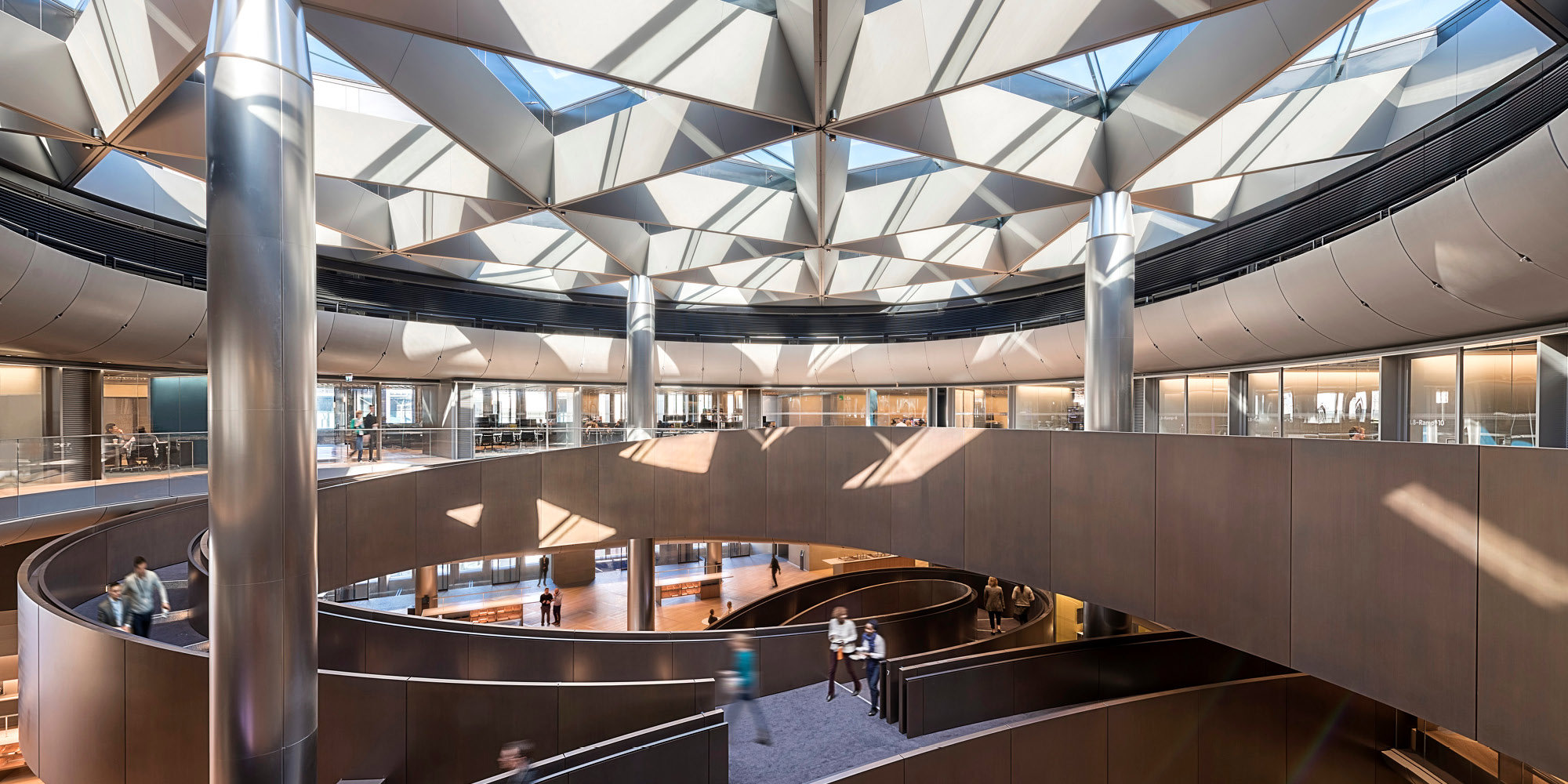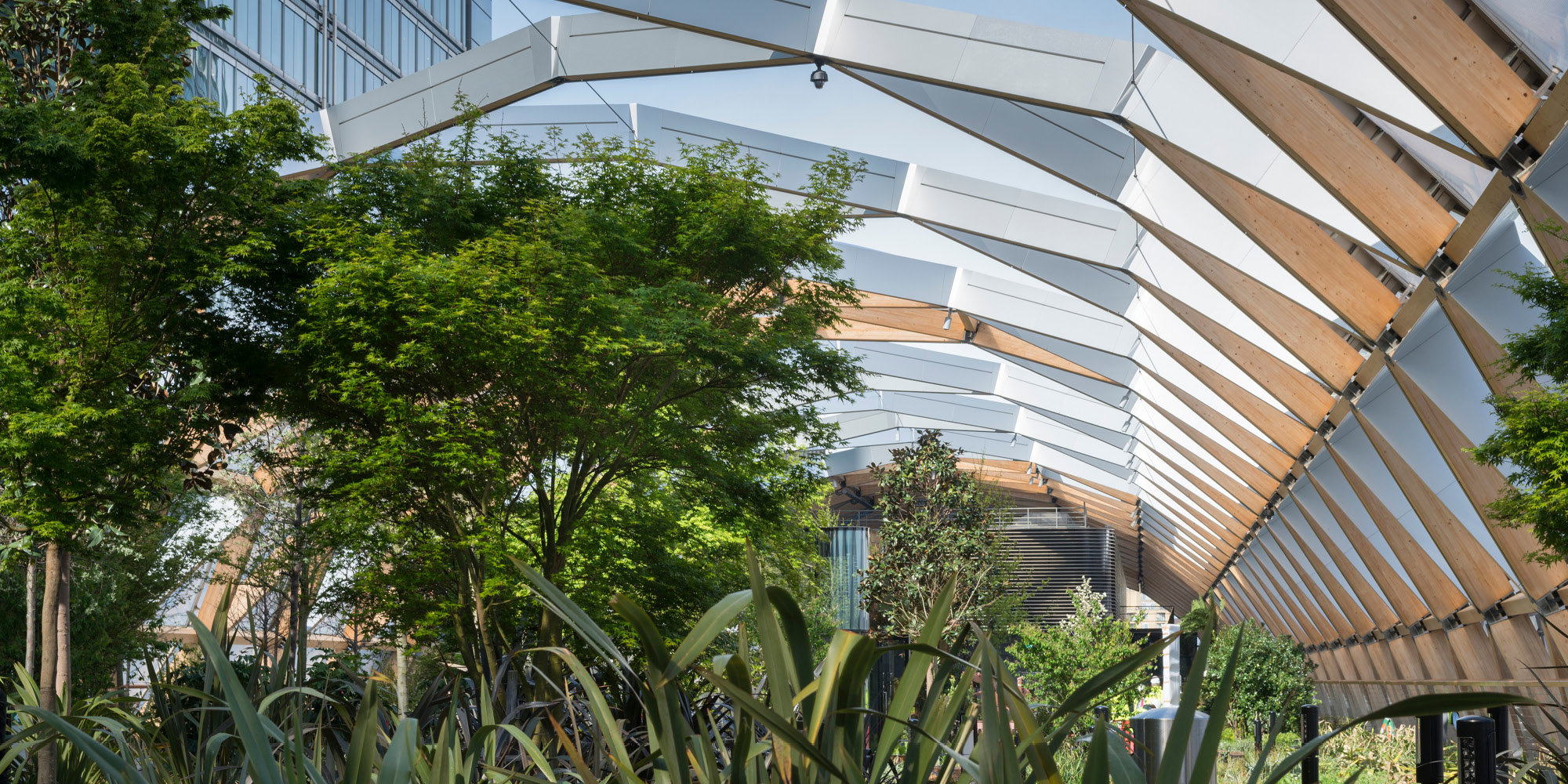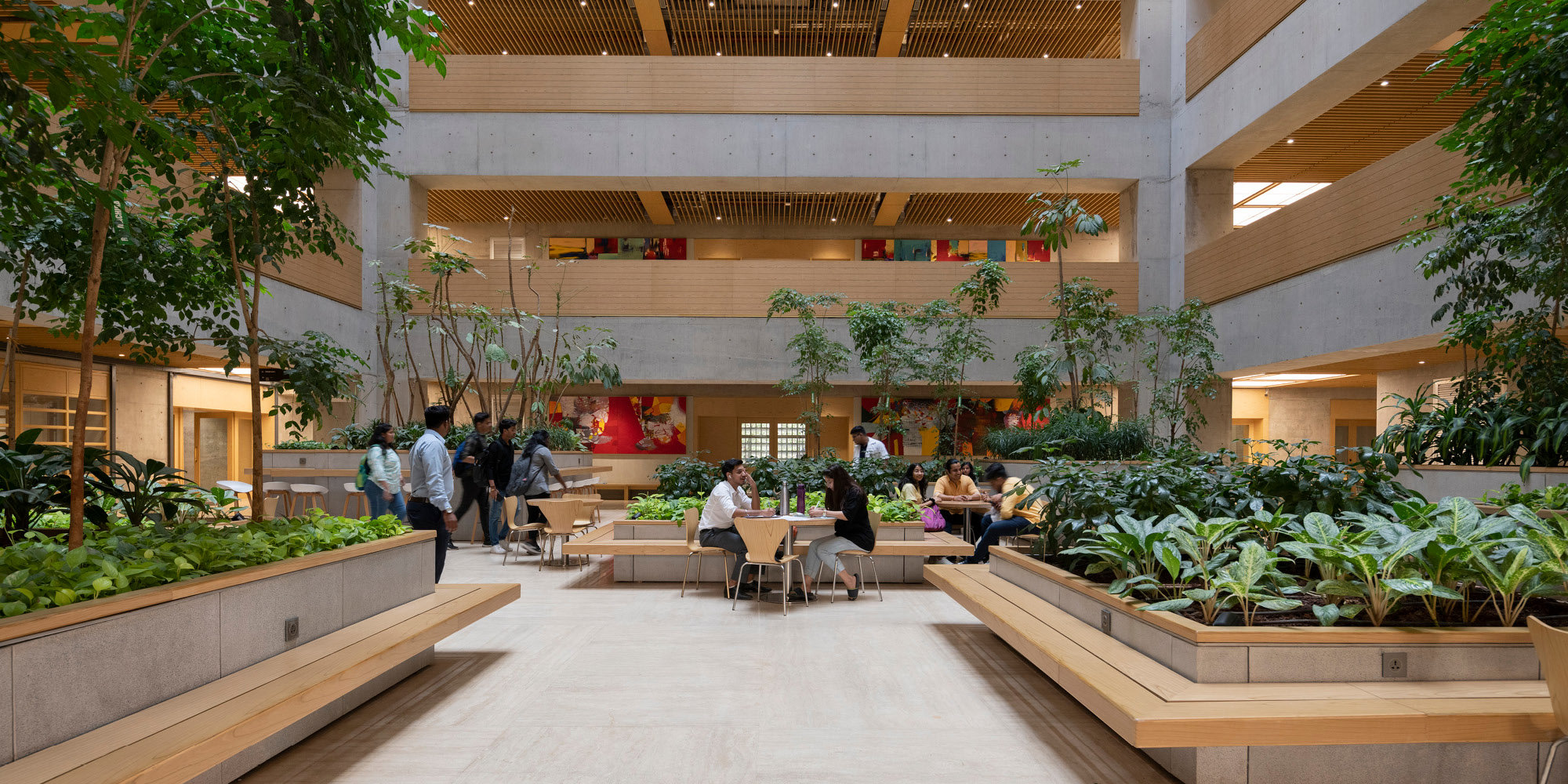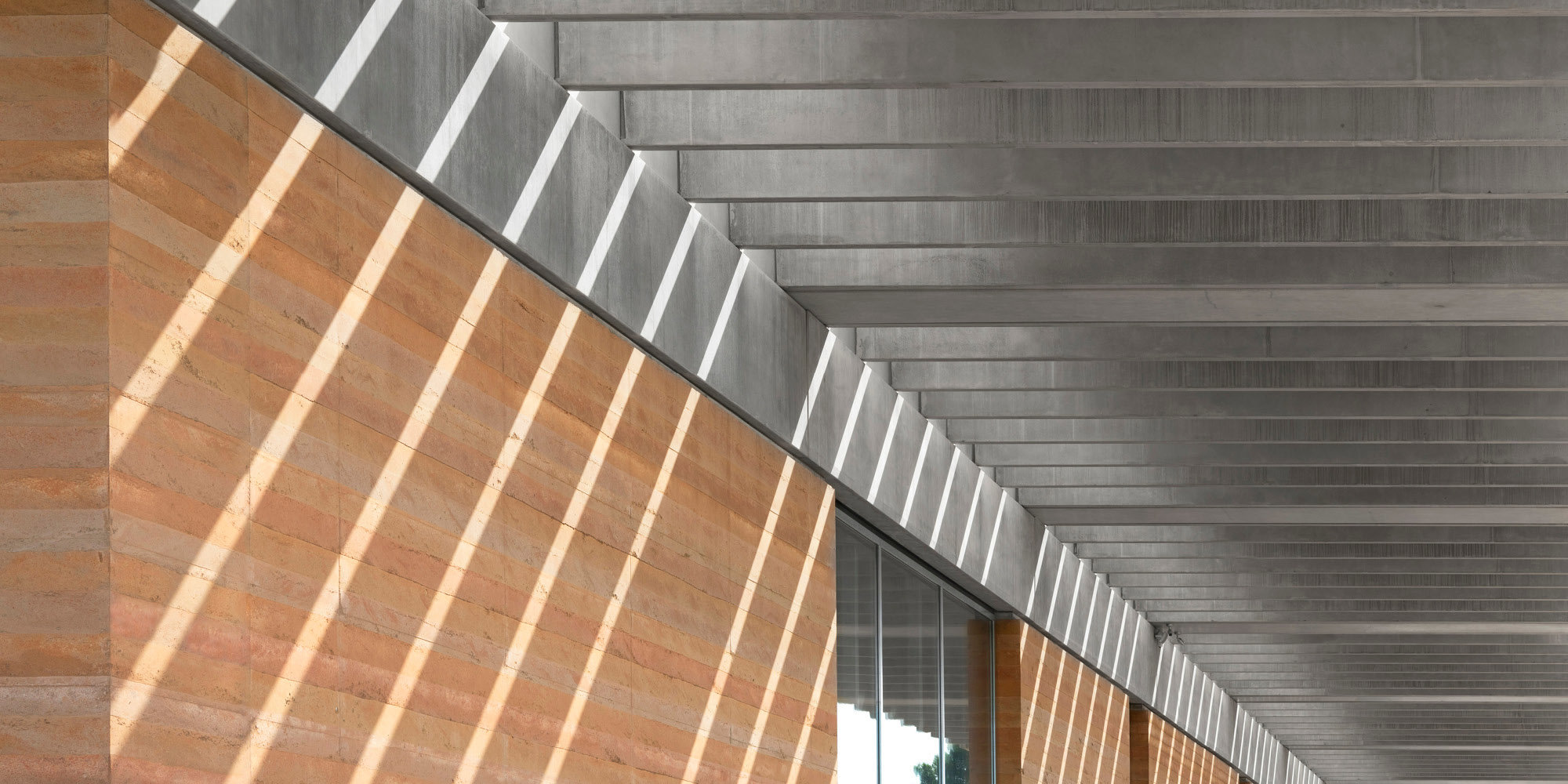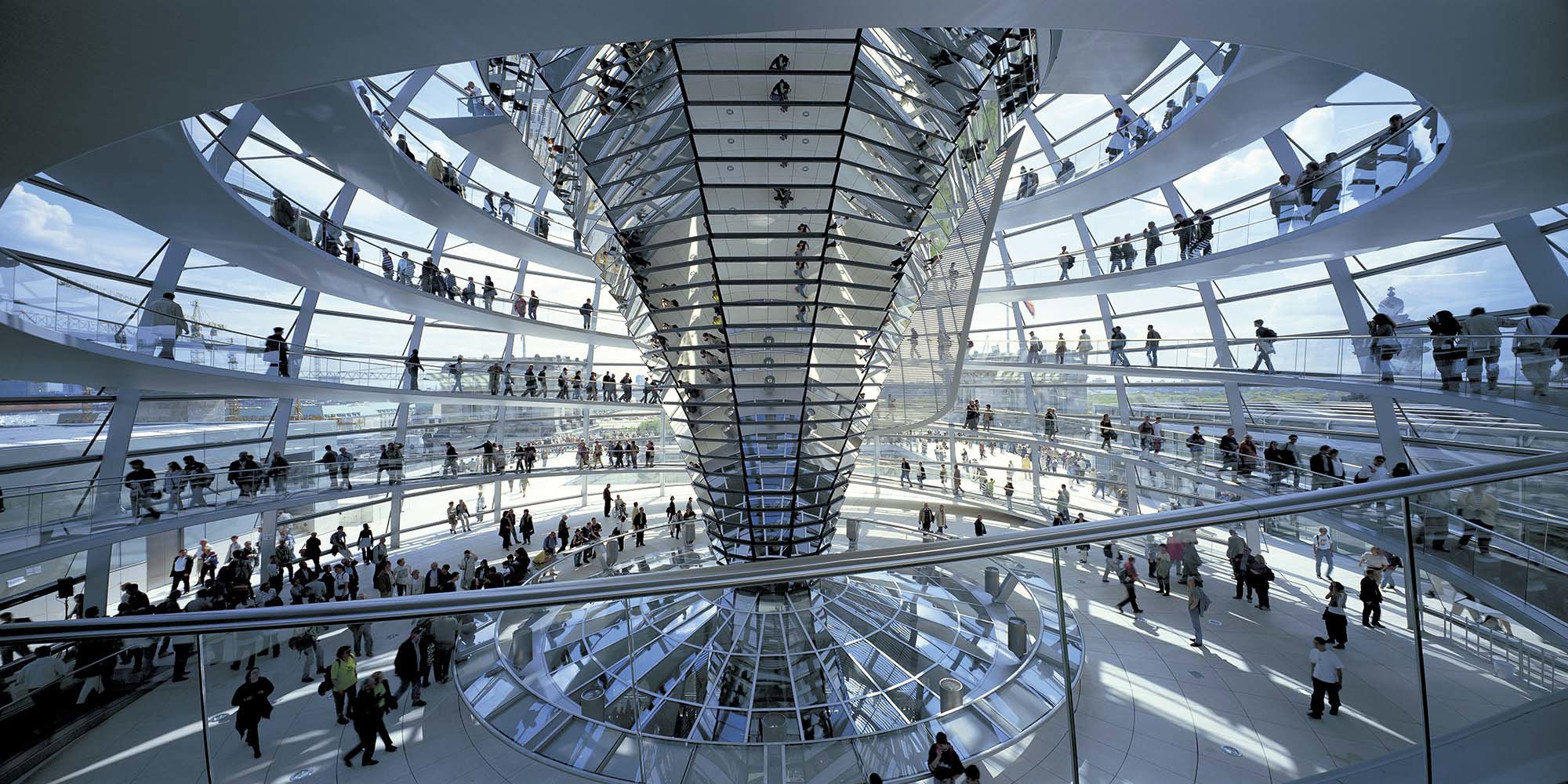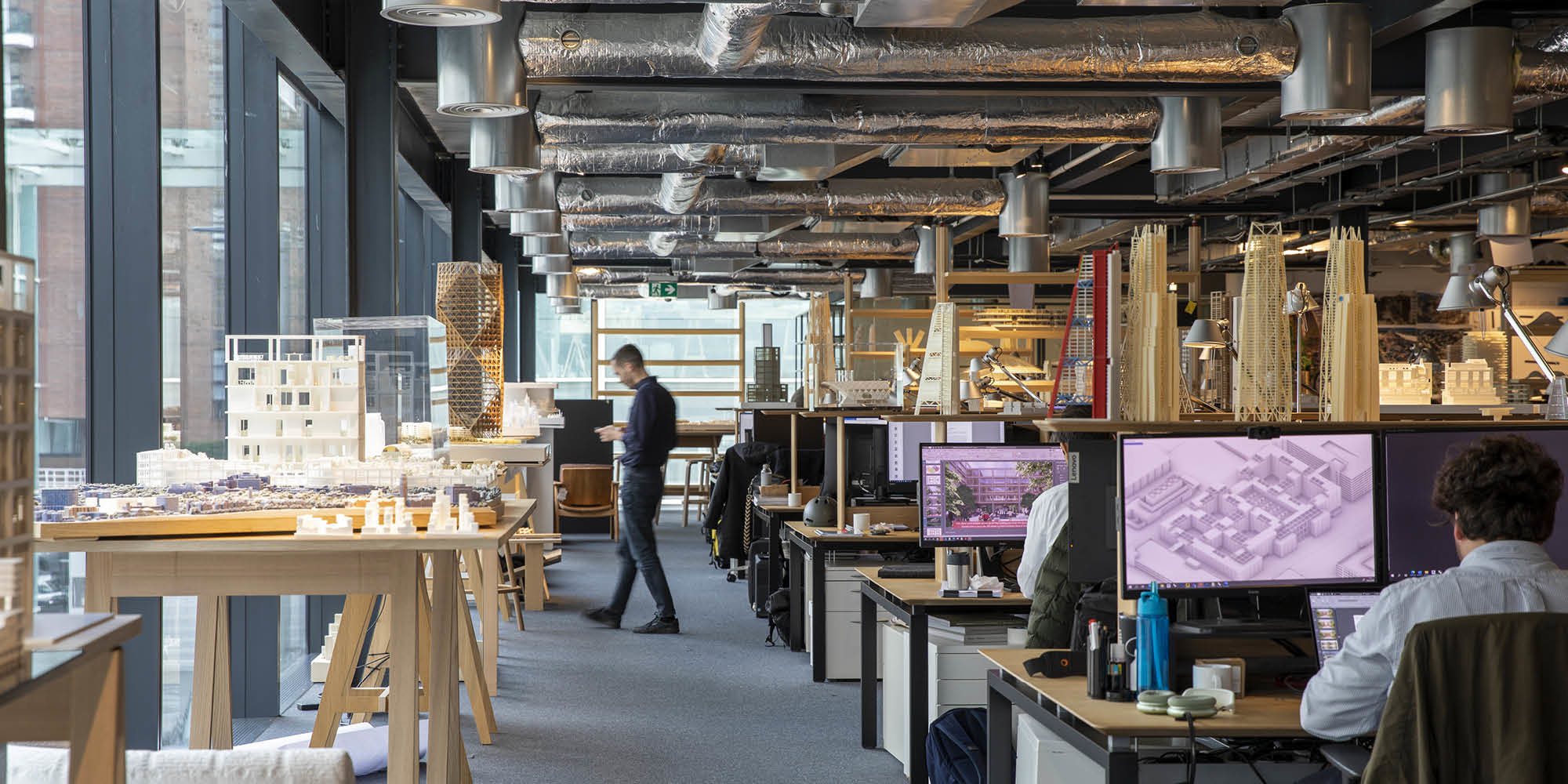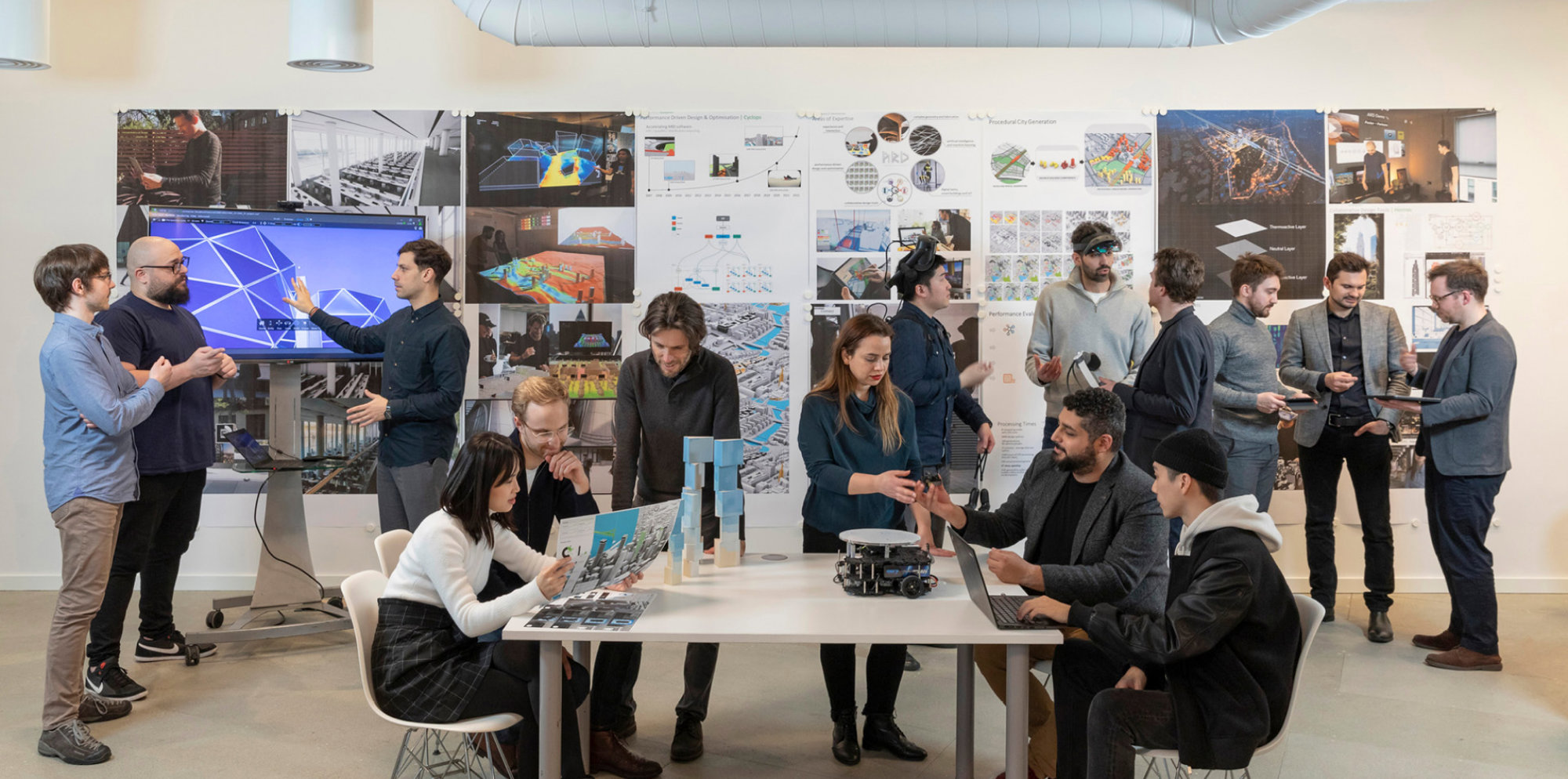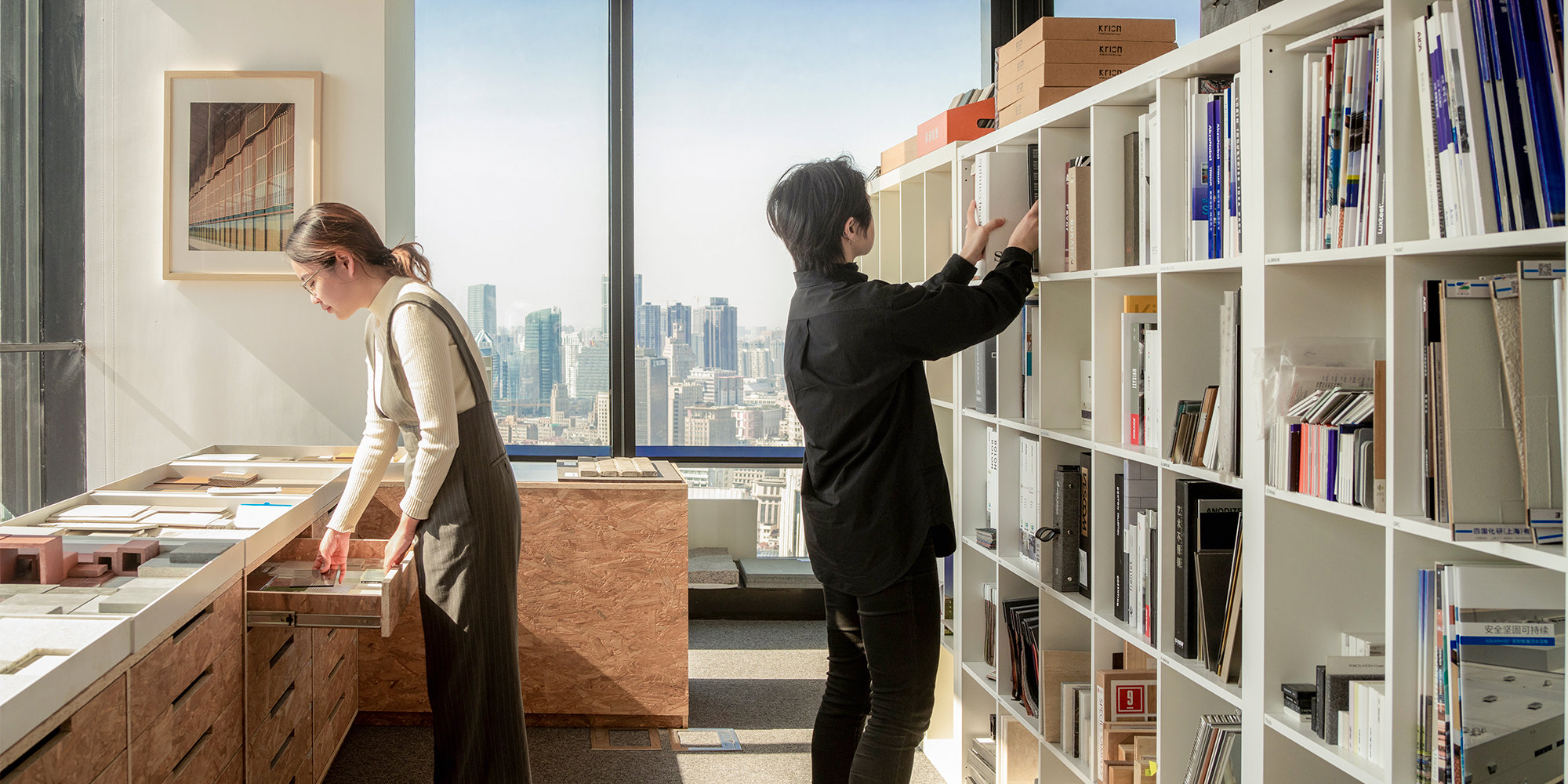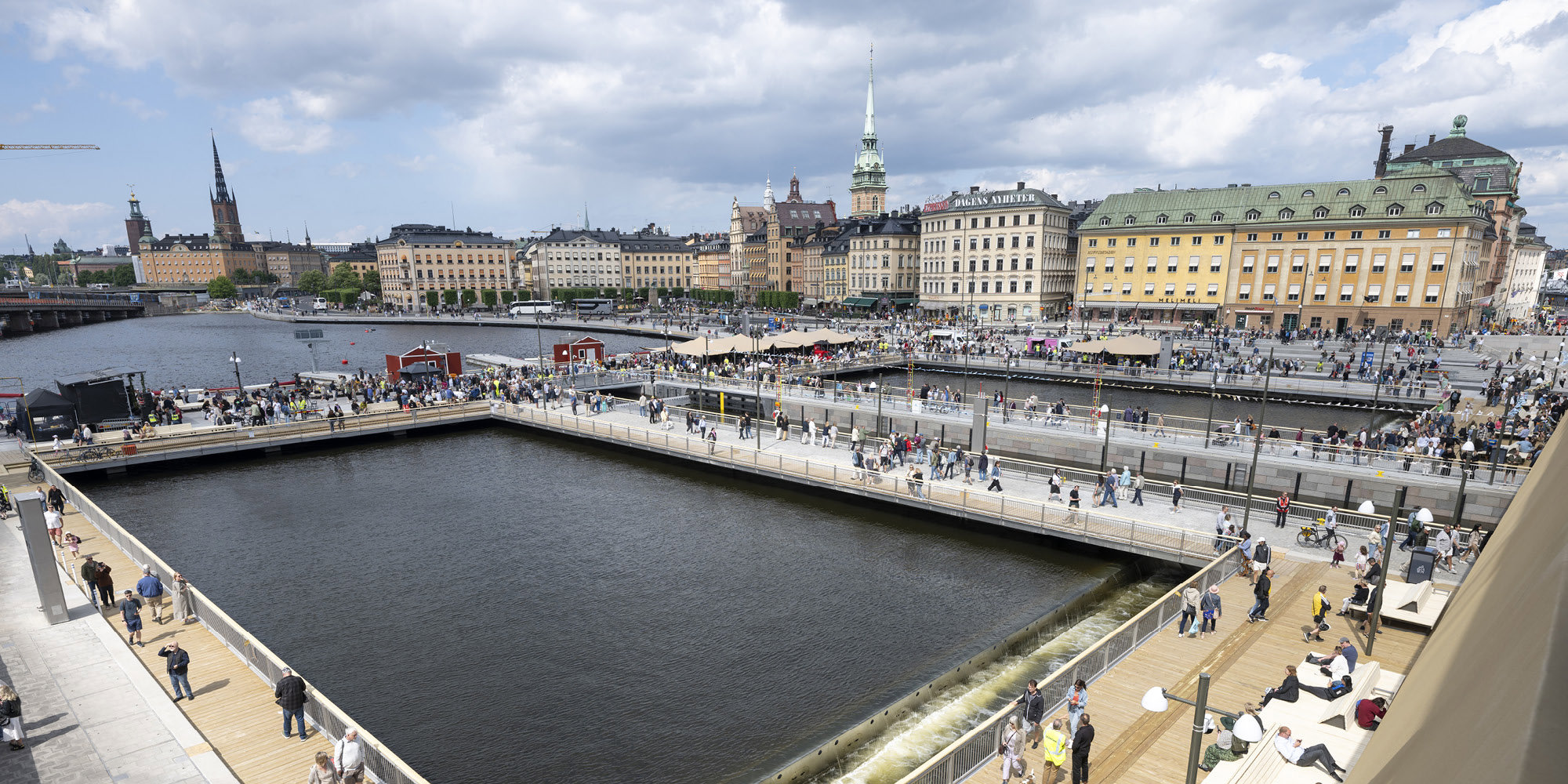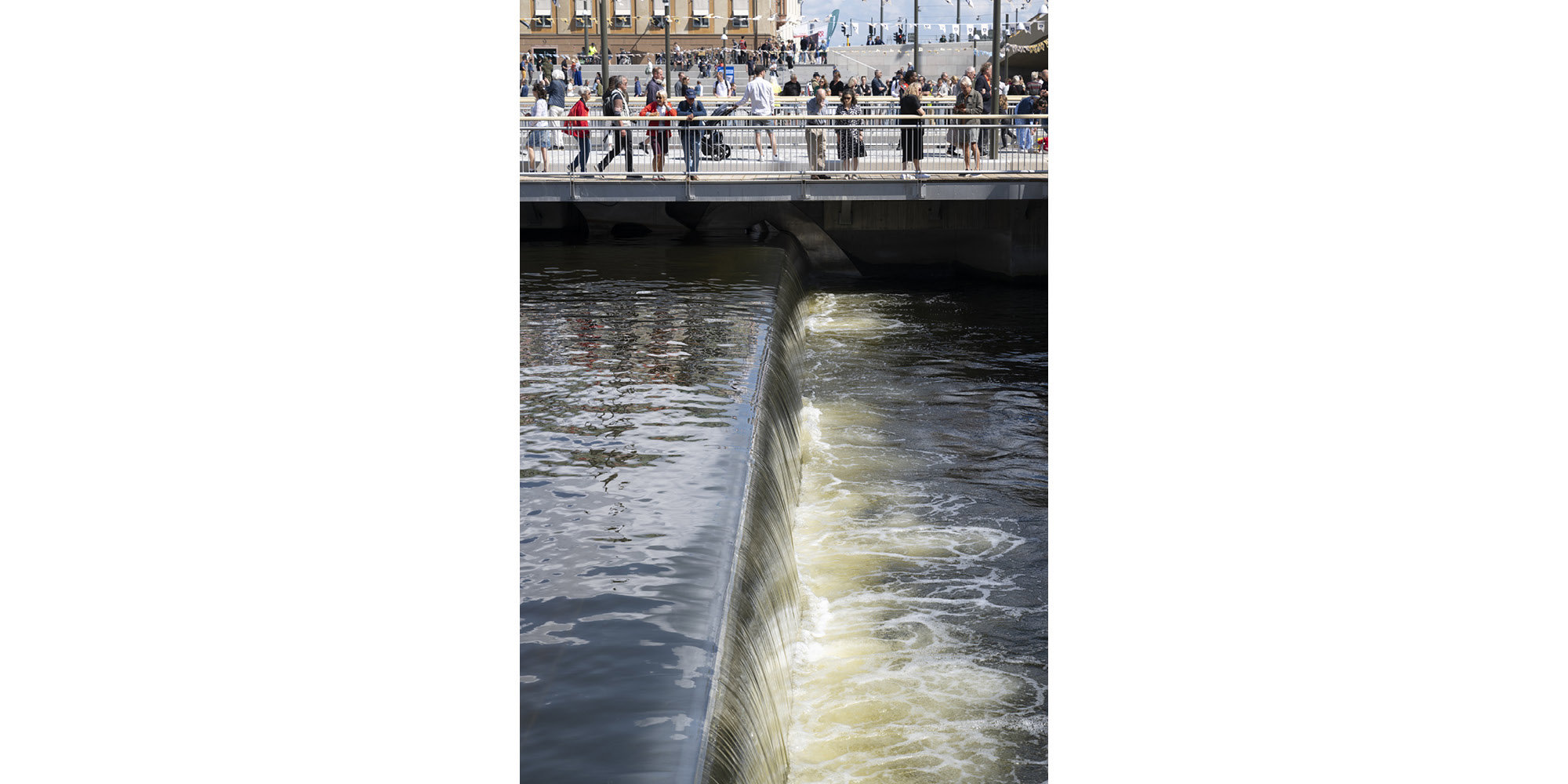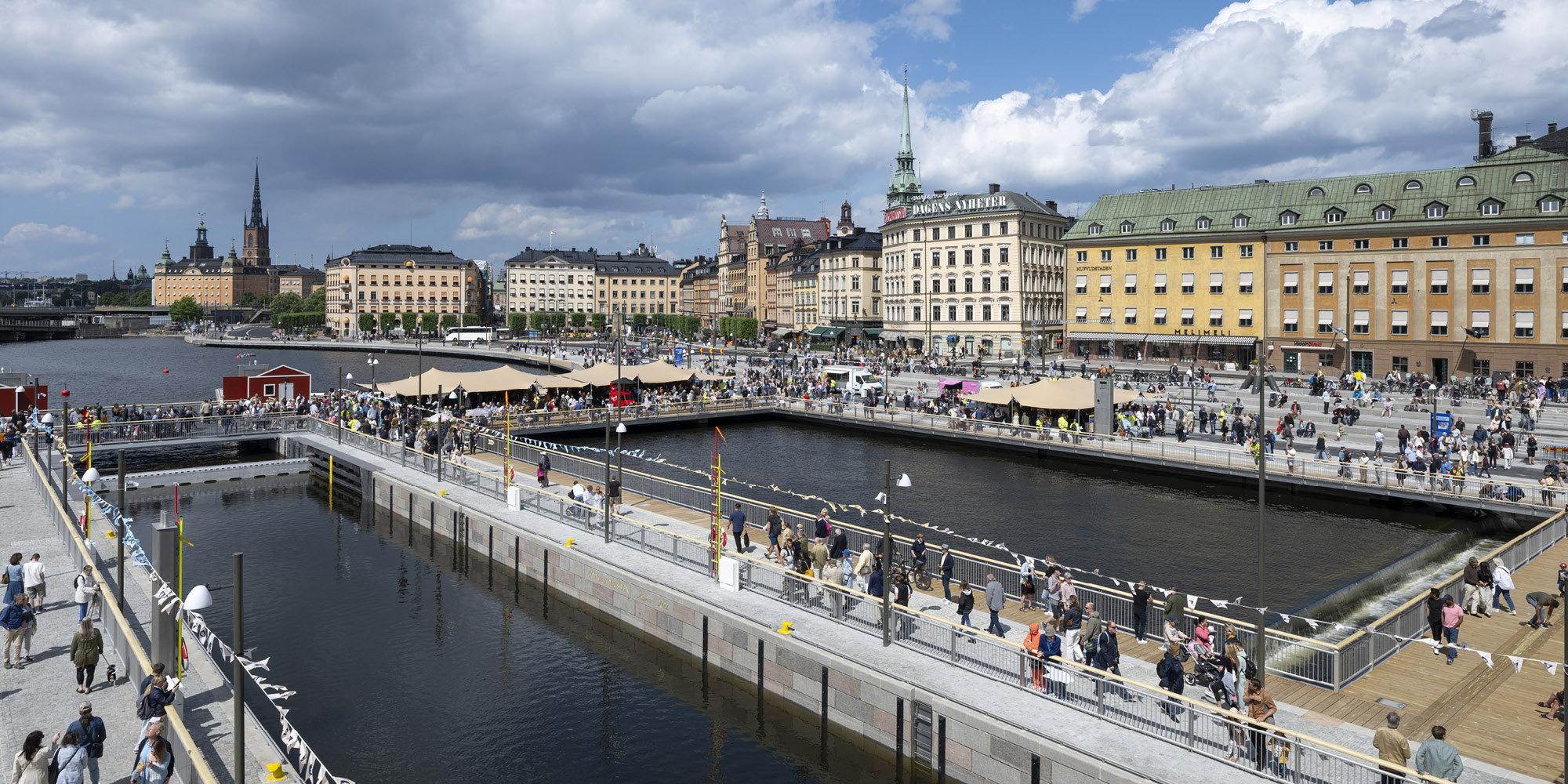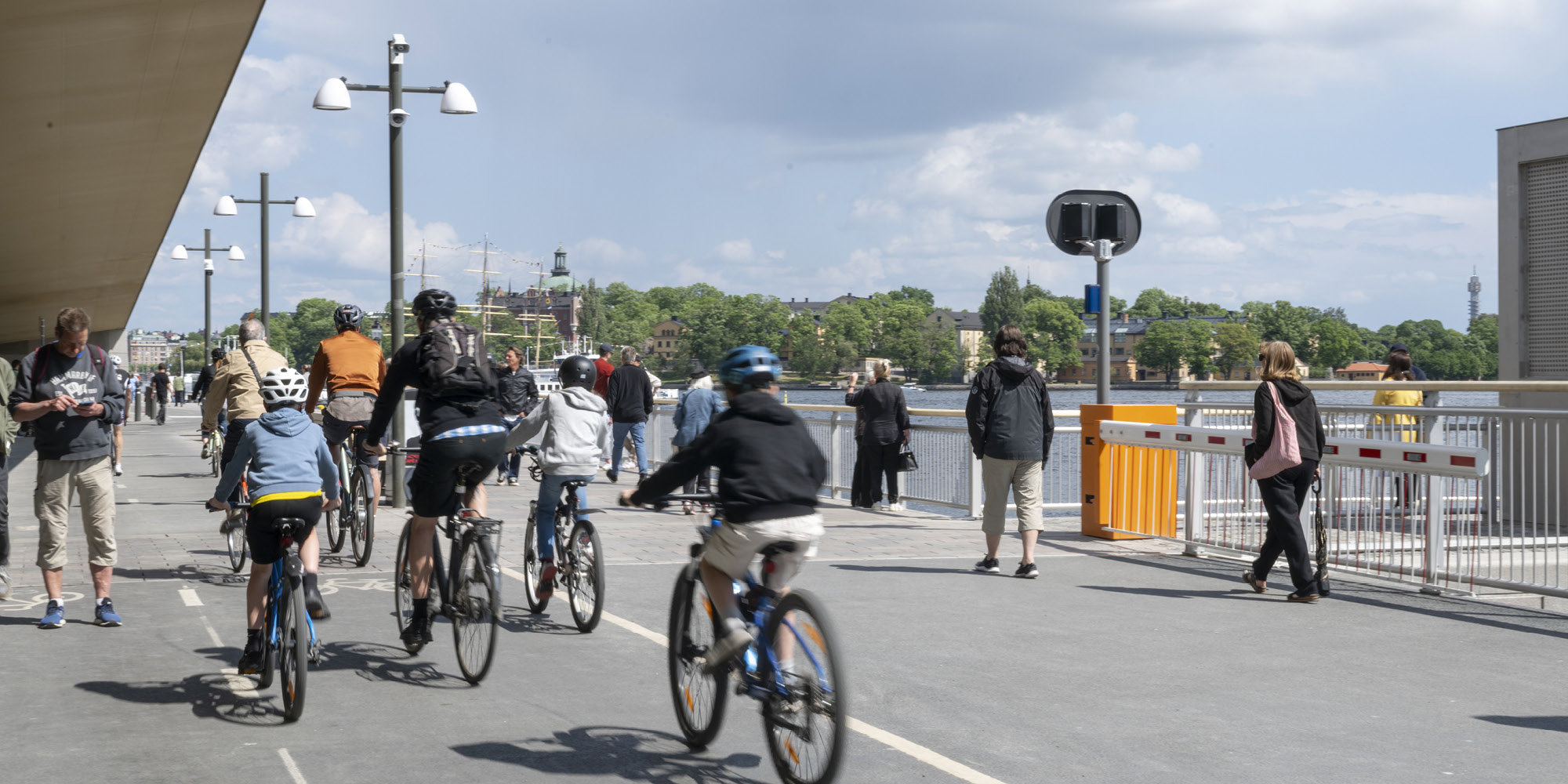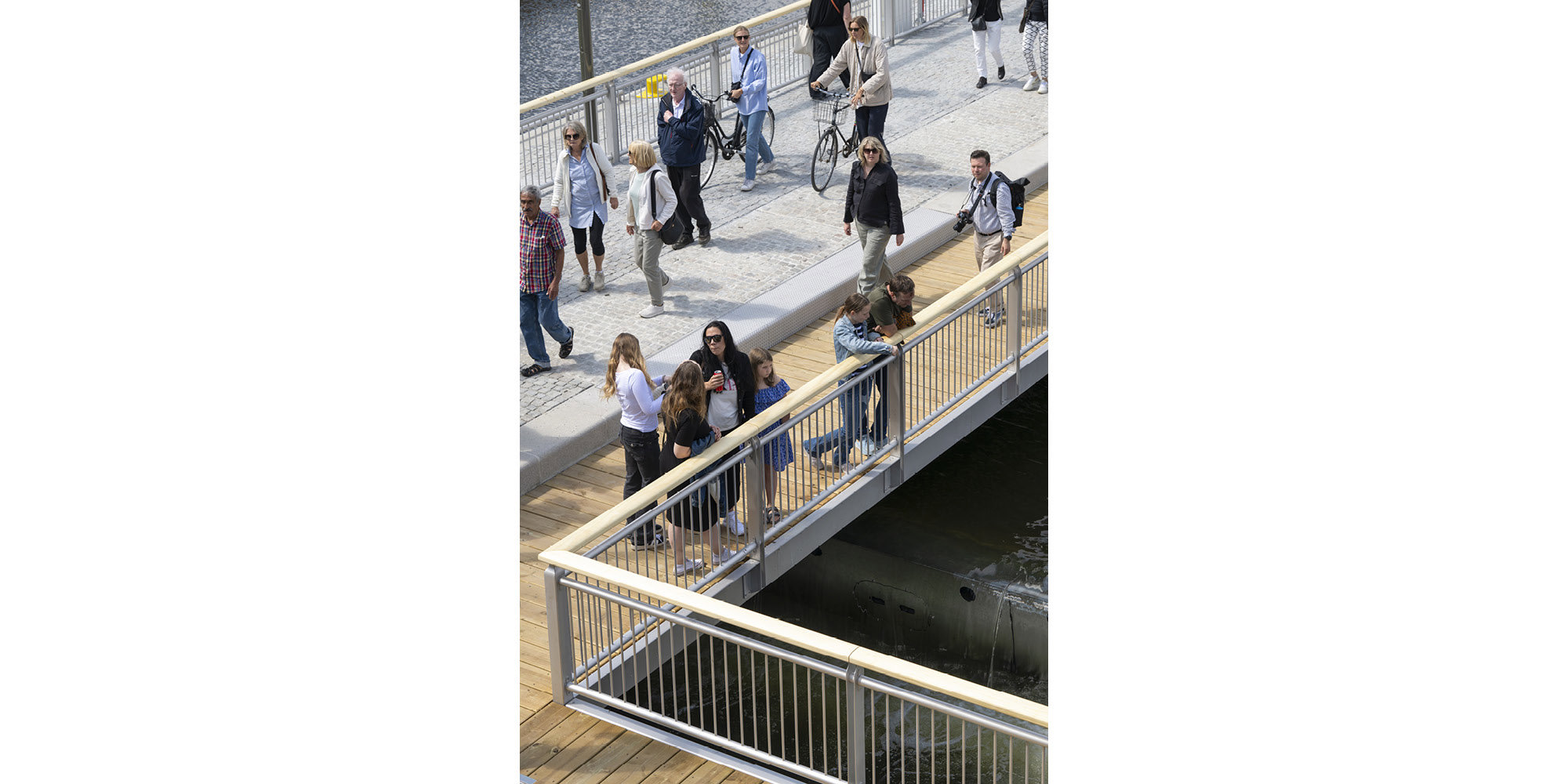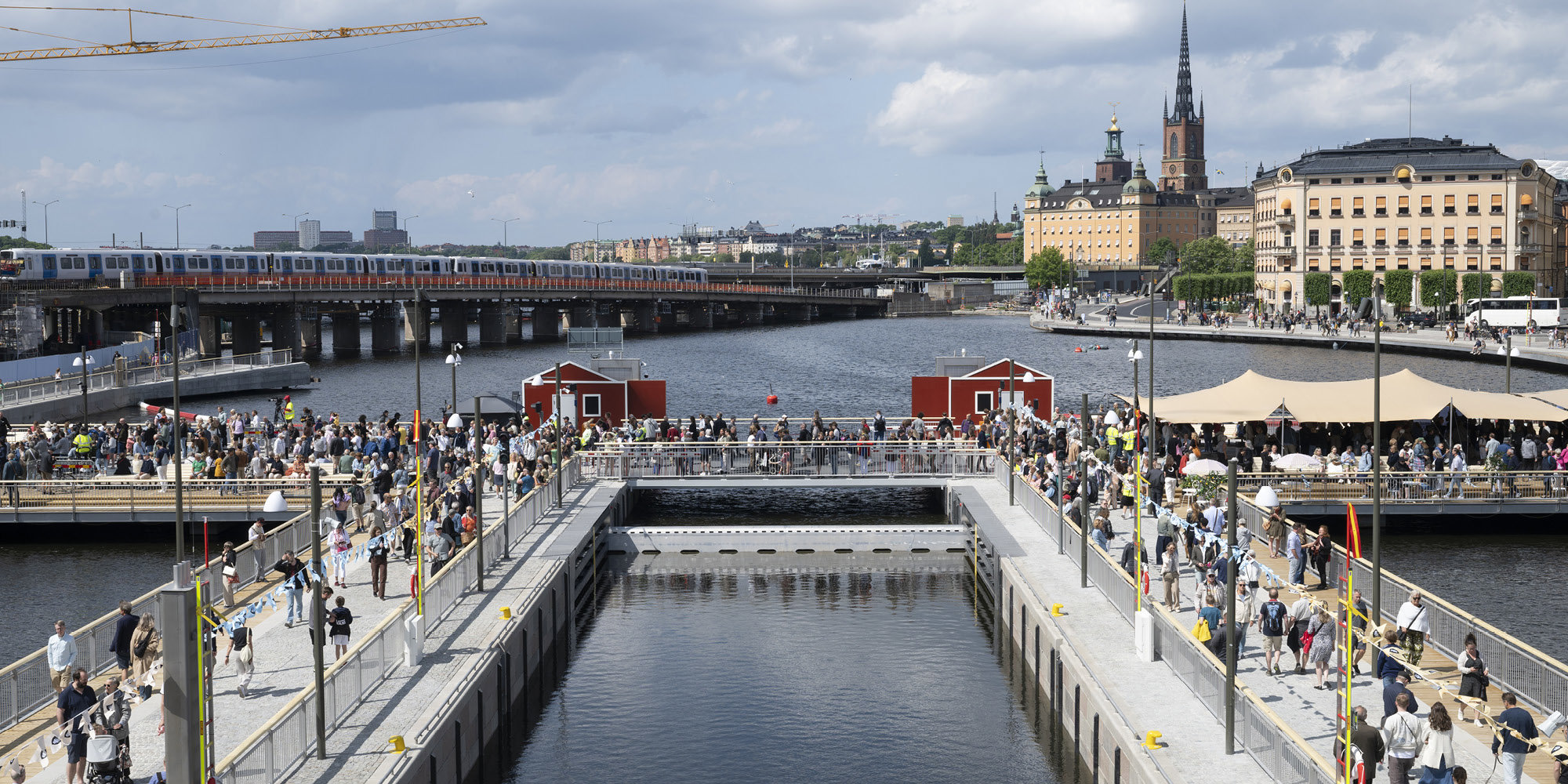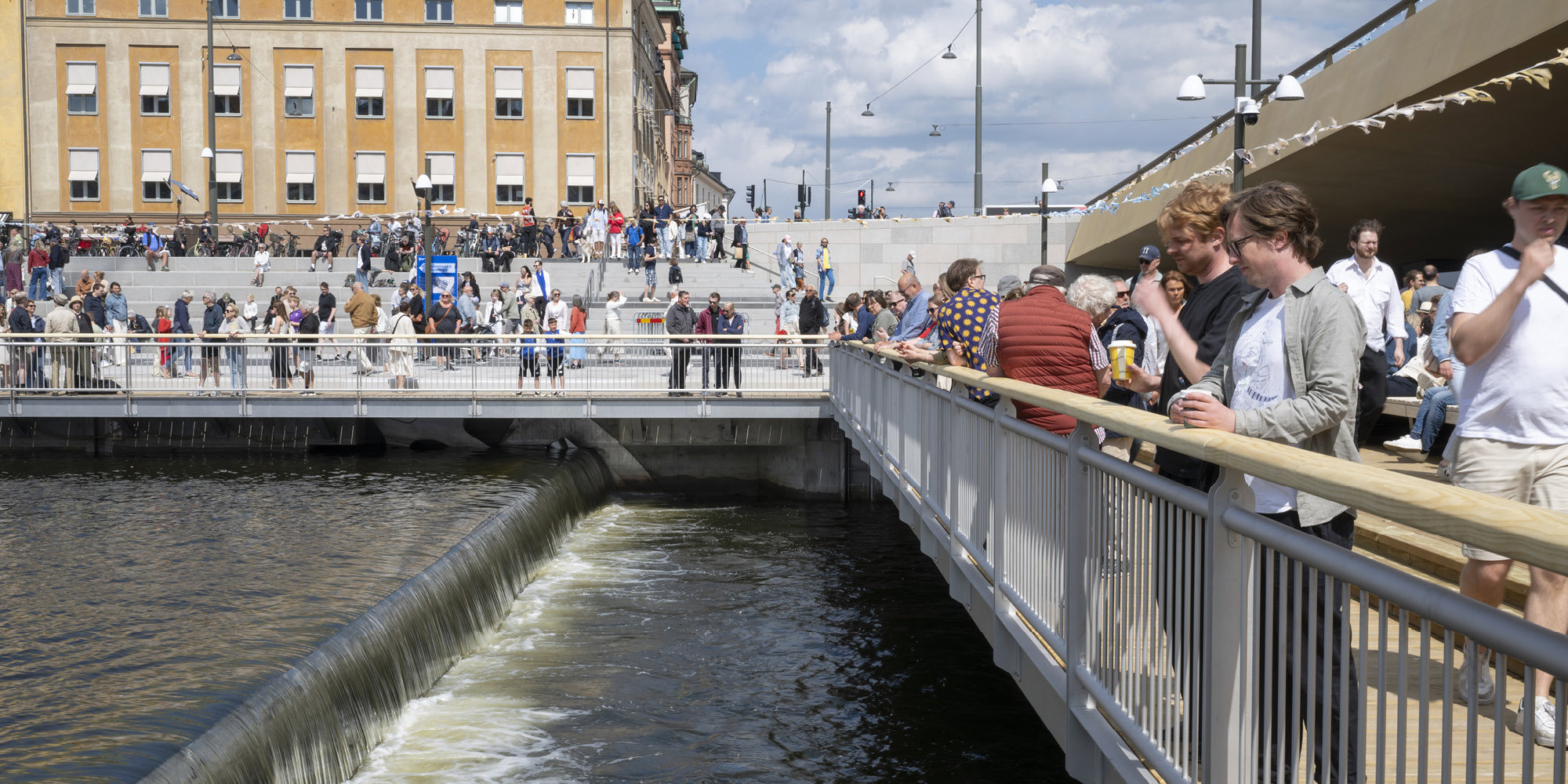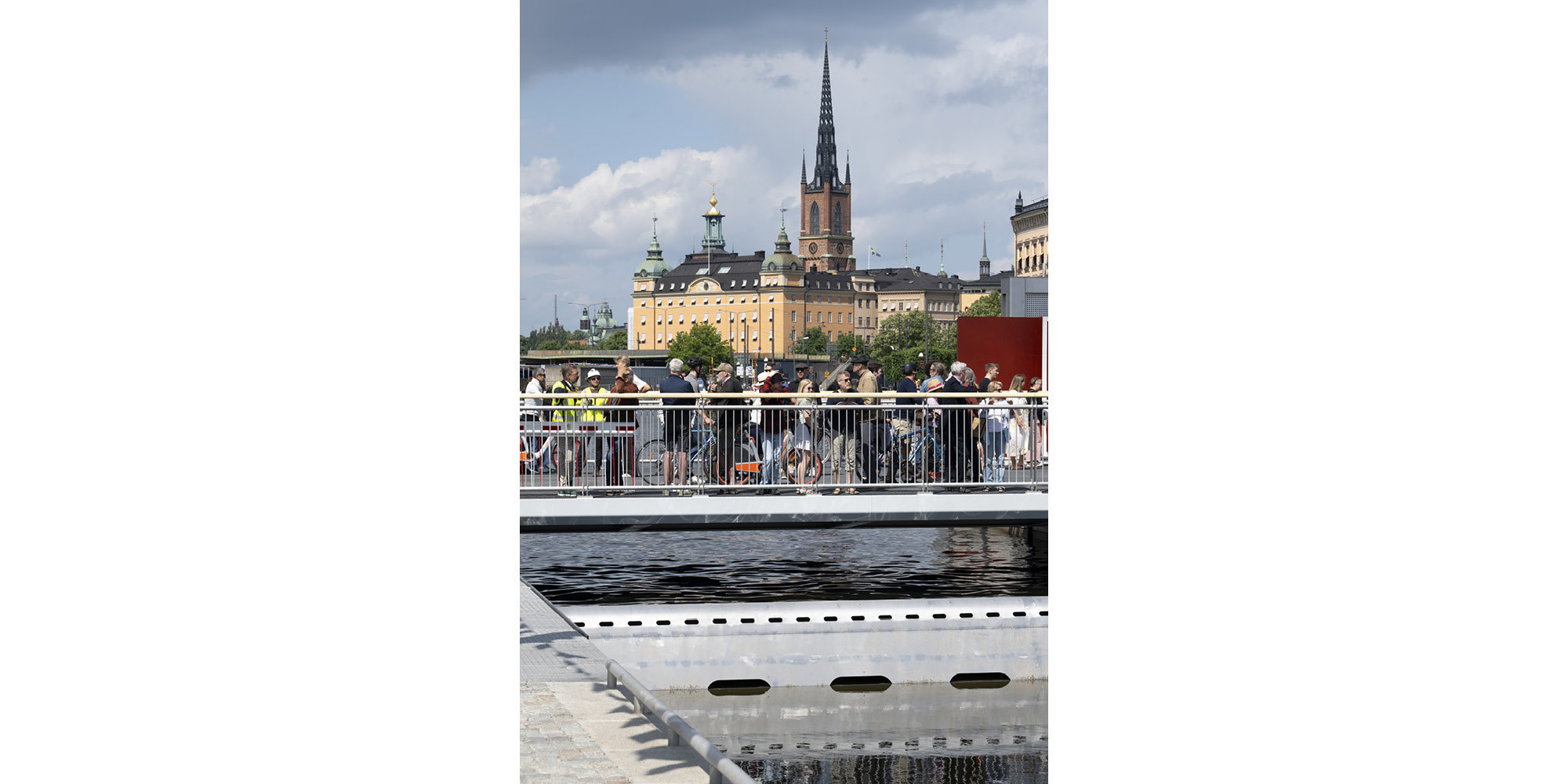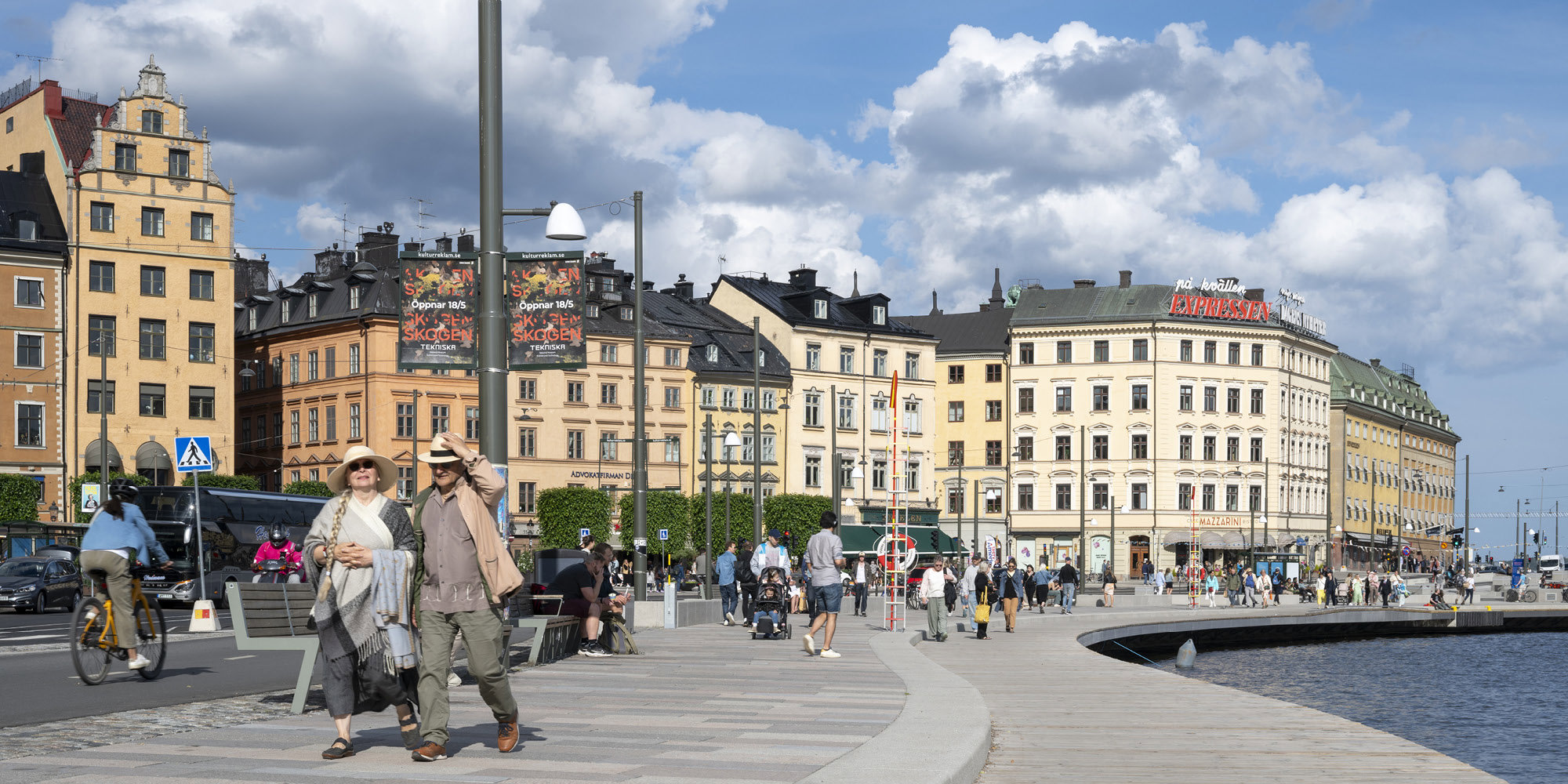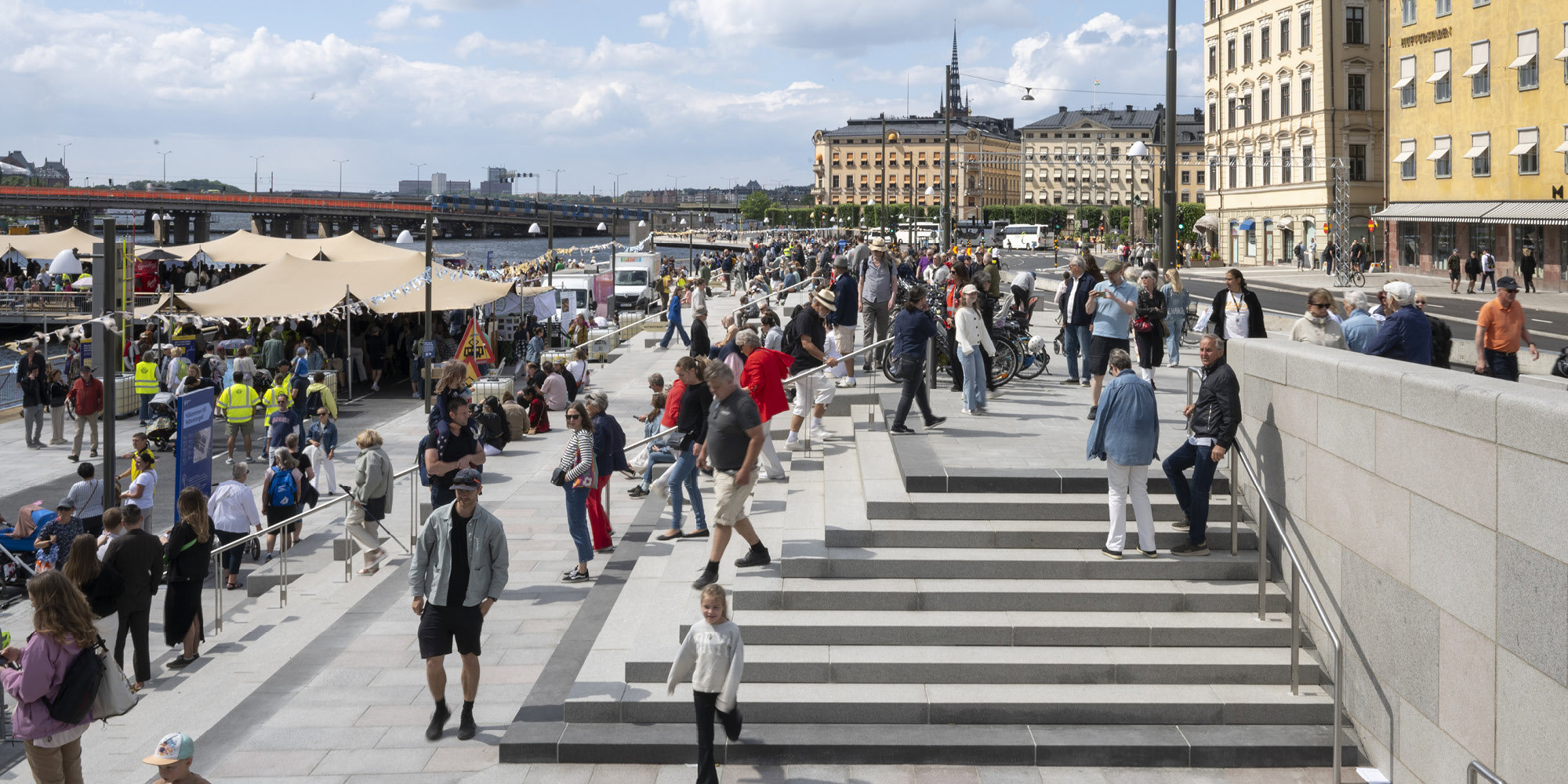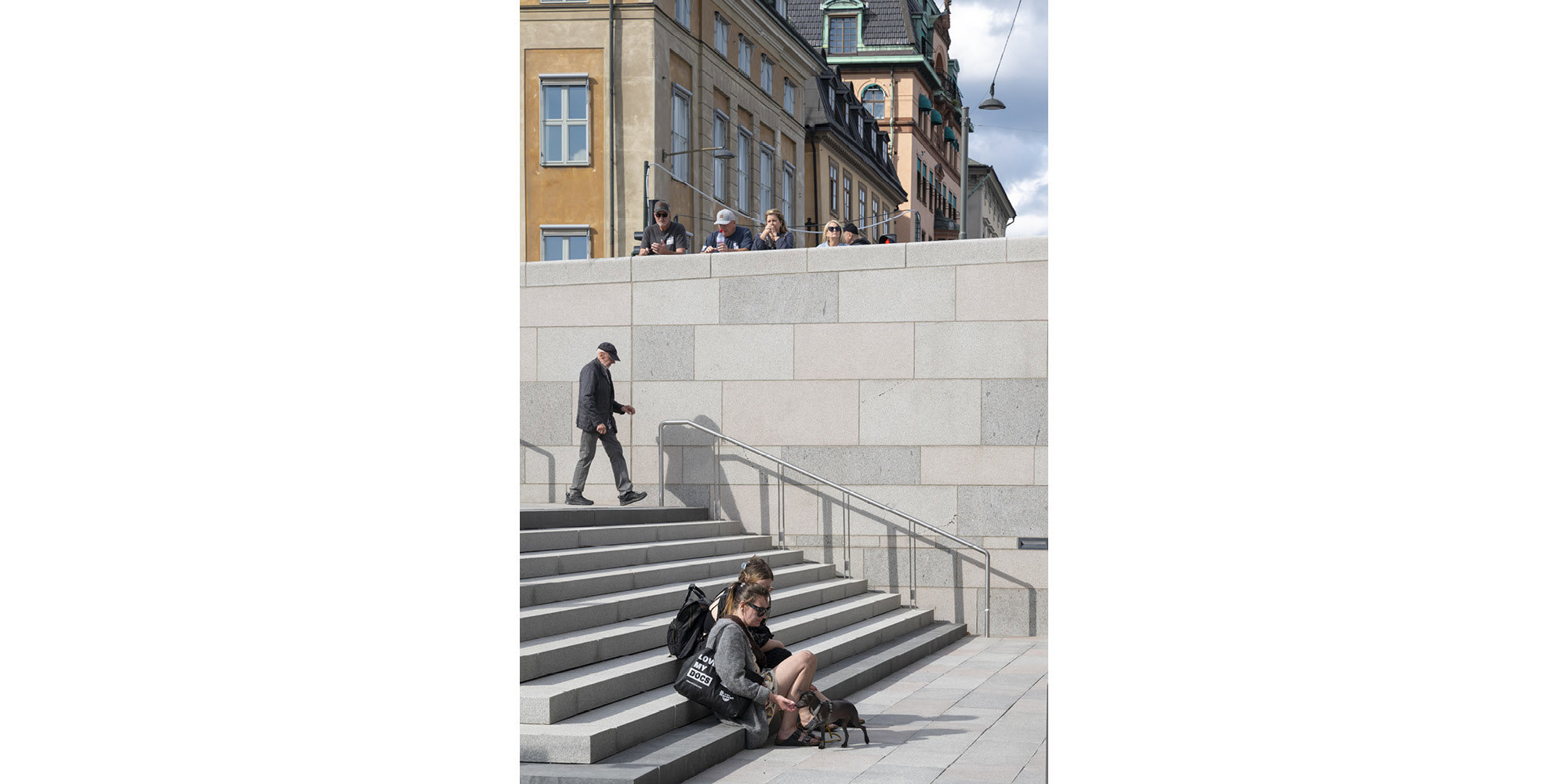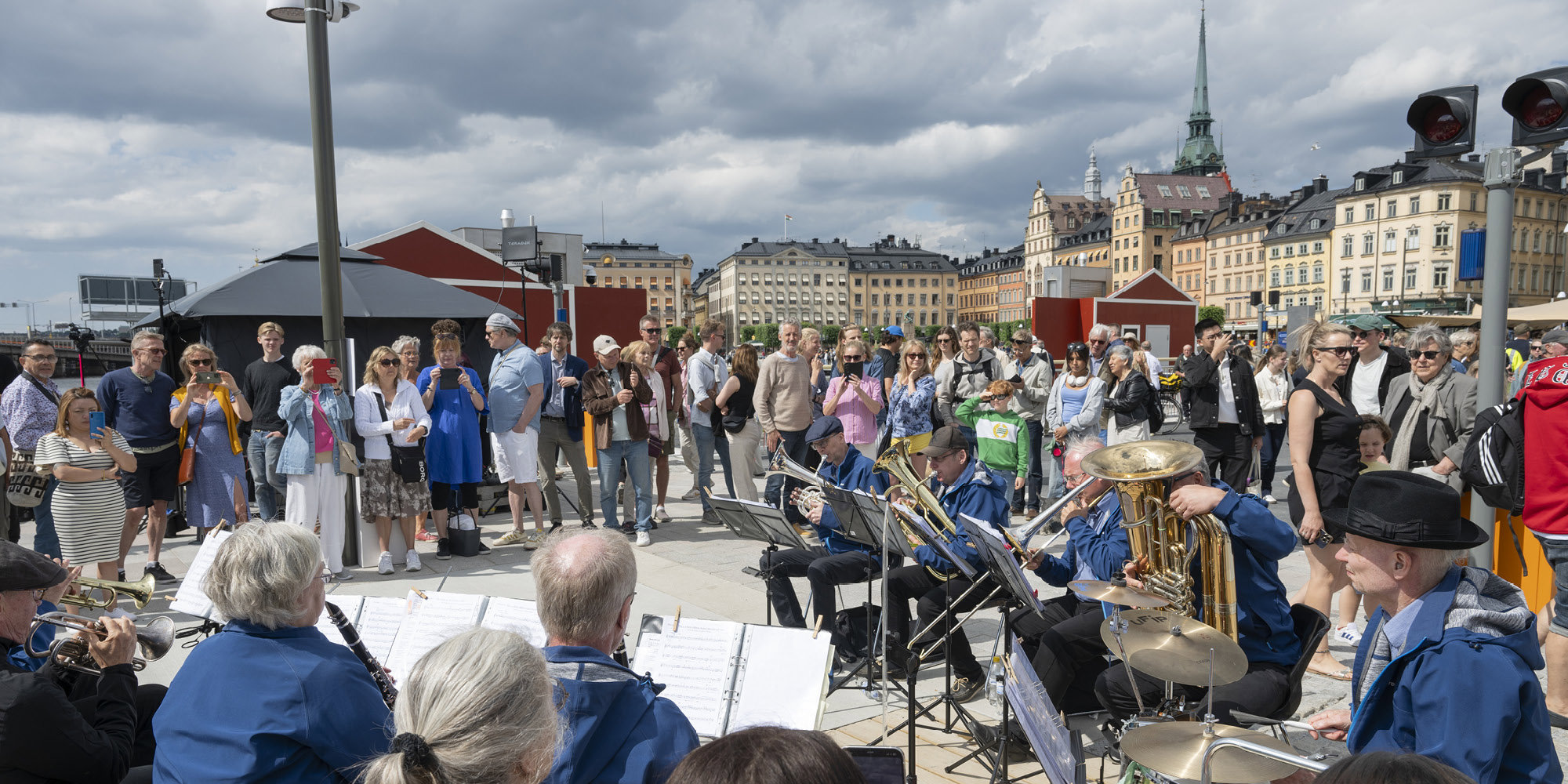Last week, the public opening of Slussen’s new Water Plaza drew over 10,000 visitors and marked a significant milestone for one of the largest urban transformation projects in Sweden. Working in collaboration with the City of Stockholm, Foster + Partners’ masterplan seeks to create a dynamic urban quarter, respond to its historic context, and transform the city centre.
Located at the heart of the masterplan, the Water Plaza spans three channels of the Victoriaslussen (Victoria Lock) to create new pedestrian and cycle connections between the old town of Gamla Stan and the island of Södermalm. It also opens up new vistas, embracing the historic heart of the city.
Spencer de Grey, Head of Design, Foster + Partners said: “It was an absolute delight to see the Water Plaza teeming with life on its opening day. Our proposals put people at the heart of the new Slussen lock, creating a new meeting place between the old and new town for the entire city. Led by the vision of the Stockholm City Council, we hope this pivotal infrastructure project becomes an exemplar for future urban renewal projects.”
Luke Fox, Head of Studio, said: “Our proposals for the new Slussen Masterplan are rooted in a long-term vision for the regeneration of the city centre. The Water Plaza signifies a new connection between the old and new, replacing the crumbling, outdated car-based transport infrastructure with a vibrant, people-focused public realm that will reinvigorate this part of the city.”
The Water Plaza is an integral part of the wider masterplan, which is designed to redress the balance between pedestrians, cyclists and road vehicles in the centre of Stockholm. The new plaza increases the area of public realm five-fold, with designated spaces for temporary installations and public art, including a collection of local archaeological finds by the artist Ebba Matz. A network of pedestrian pathways, cycle lanes, and generous timber decking spans the Water Plaza, with operable bridges that allow boats to travel through the central sluice. 700 metres of terraced granite seating along the water’s edge provides a place to relax and take in the spectacular views.
The design minimises the threat of flooding by greatly expanding the lock capacity and will secure the drinking water basin for two million people. Ongoing phases of the masterplan will further enhance the accessibility of the waterfront by 2028 with new public buildings animated by shops, restaurants and cultural activities, which will contribute to making this an exciting and lively meeting place all year round.
